Gathering space: a new cultural centre opens in the South Korean city of Gwangju
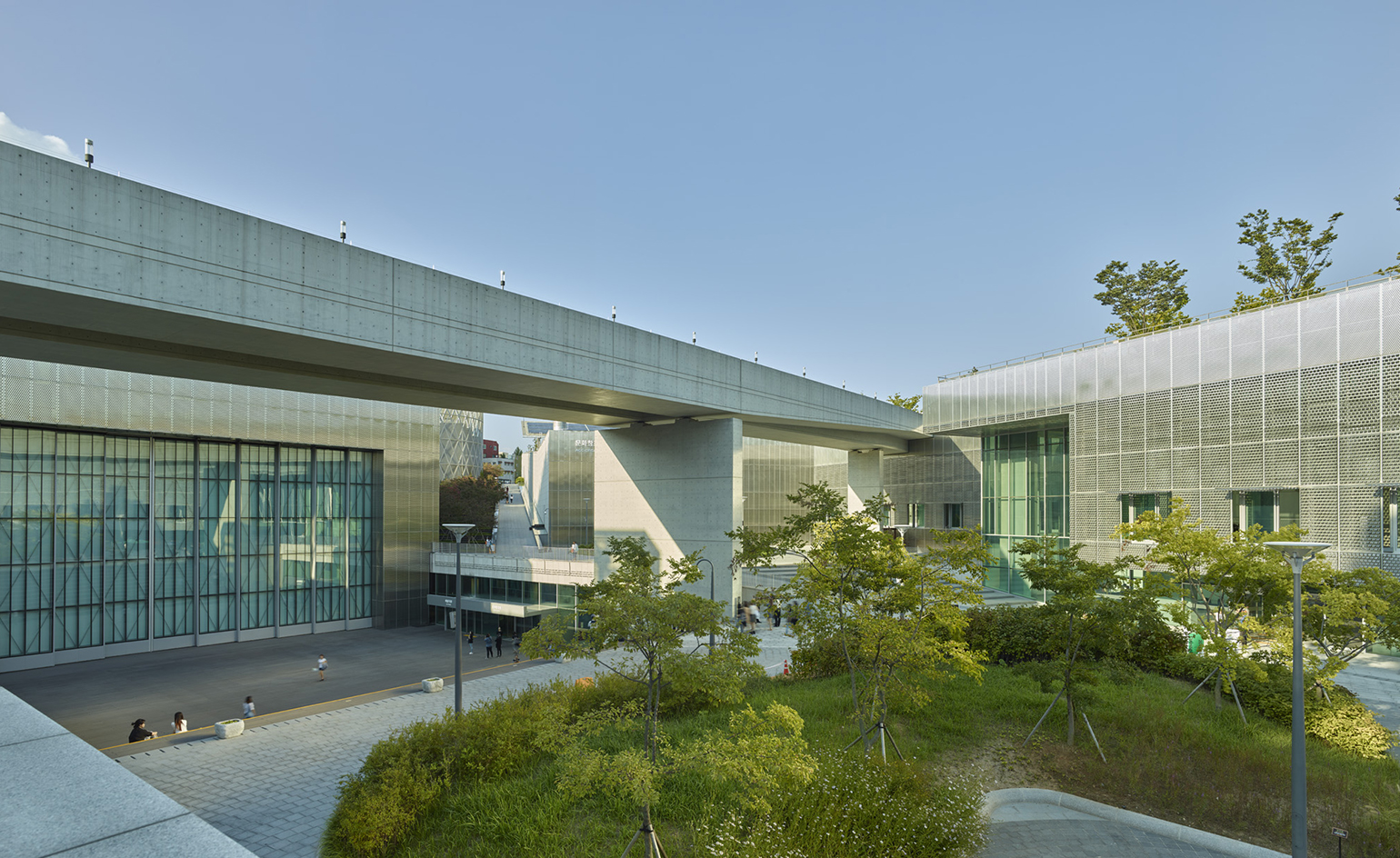
The Forest of Light (also known as the Asia Culture Centre) is the latest addition to the flourishing South Korean city of Gwangju by award winning US architecture firm Kyu Sung Woo.
The spectacular civic space – situated in the heart of Gwangju's historic centre – aims to play a crucial role in supporting and nurturing culture in the growing city, forging its new identity through a series of new programmes. It also stands as a memorial to the events and victims of the Gwangju Uprising of 1980, which took place on the same site.
Being a central project in Gwangju’s ongoing initiative for development and regeneration, the Forest of Light will act as a catalyst to South Korea’s national economic plan to develop seven new cultural districts across the country.
The architects have employed concepts of light and transparency to weave their design into the surrounding urban fabric. Both these elements relate strongly to the meaning of the word Gwangju, which literally translates to ‘City of Light’.
The chosen material palette, form composition and mechanical systems were all tailored to fit the local climate. The building’s green roof and its geothermal and solar energy systems make it a shining example of eco-efficient design.
The steel and glass complex totals 143,000 sq m and is composed of five central facilities; the Cultural Exchange space, archive and research, children’s areas, a ‘creation’ room and a theatre. These are laced together with a forested park, family play areas and a series of generous civic spaces. The green areas provide some much-needed 'breathing space' for Gwangju's densely built city centre.

Light and transparency played a crucial role in the design, also referencing Gwangju's translated reputation as the 'City of Light'
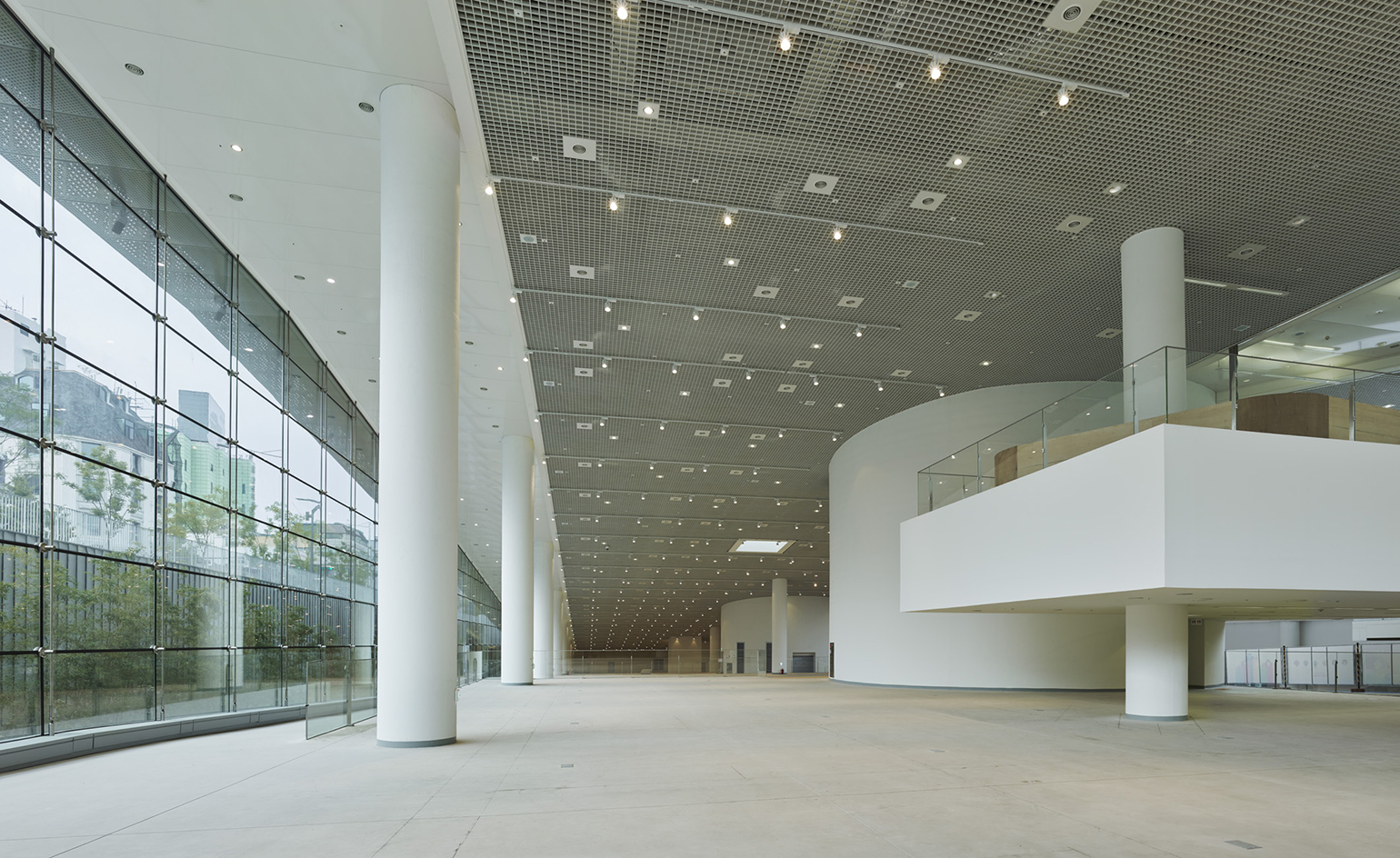
The building is composed of a series of long volumes and houses five departments, which span the subjects of humanities, arts, and science and technology
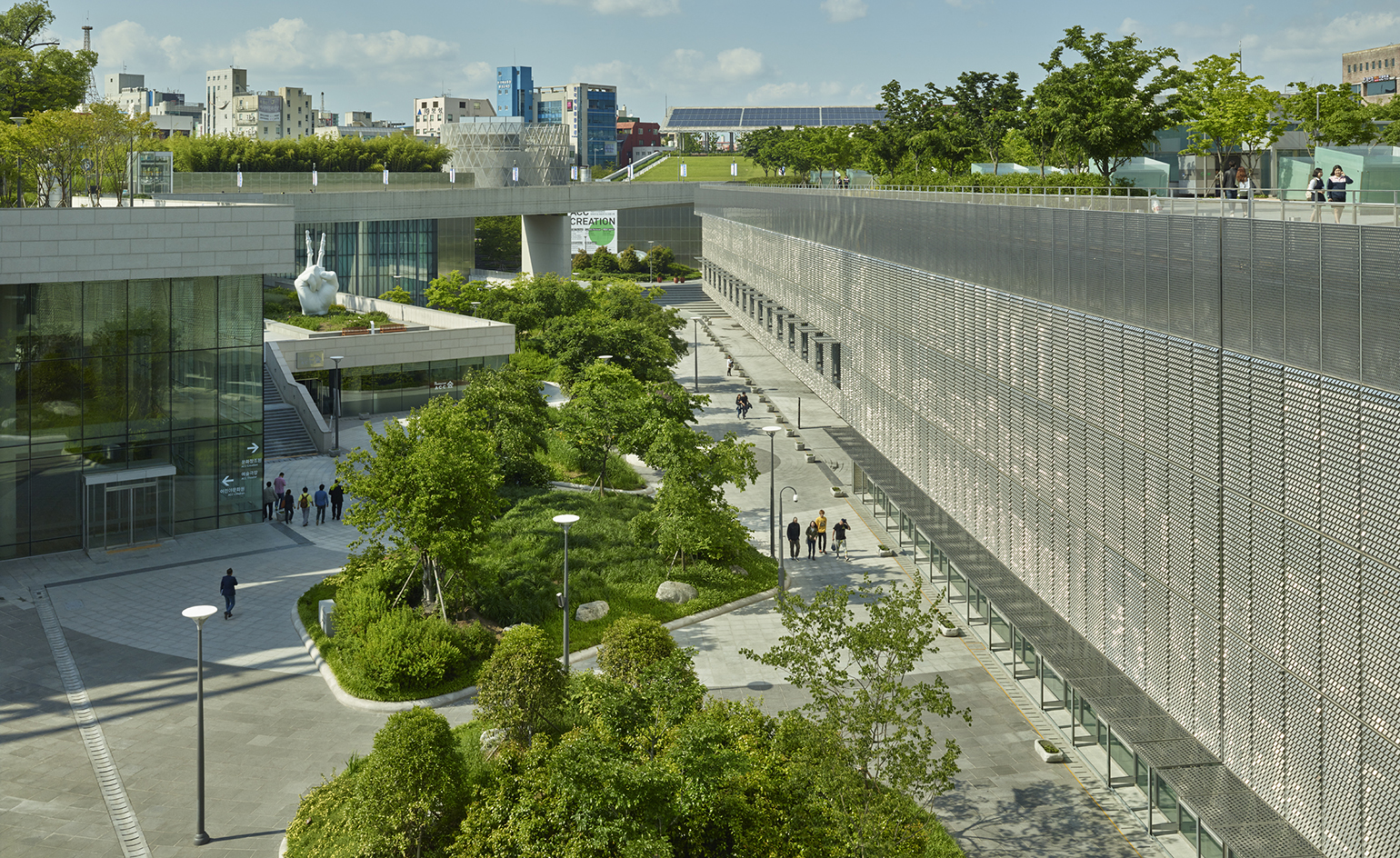
Light enters all areas of the building through a strategically positioned series of external courtyards
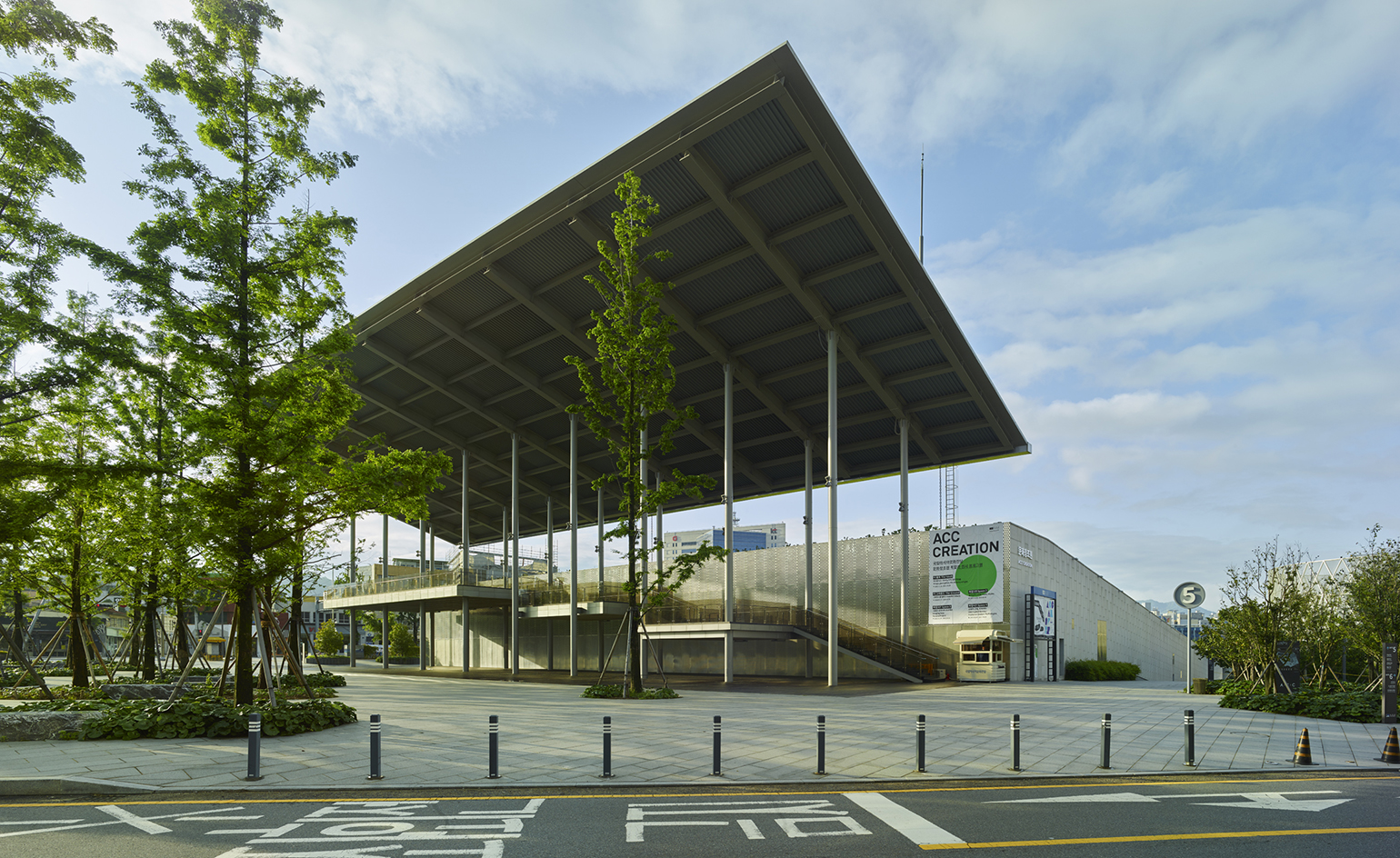
The building was optimised to work with the local climate; it features a green roof, and geothermal and solar energy systems

The building will also act as a memorial to the events and victims of the Gwangju Uprising of 1980, which took place on the structure's site
INFORMATION
For more information, visit the Kyu Sung Woo website
Photography: Tim Hursley
Receive our daily digest of inspiration, escapism and design stories from around the world direct to your inbox.
-
 Dive into Buccellati's rich artistic heritage in Shanghai
Dive into Buccellati's rich artistic heritage in Shanghai'The Prince of Goldsmiths: Buccellati Rediscovering the Classics' exhibition takes visitors on an immersive journey through a fascinating history
-
 Love jewellery? Now you can book a holiday to source rare gemstones
Love jewellery? Now you can book a holiday to source rare gemstonesHardy & Diamond, Gemstone Journeys debuts in Sri Lanka in April 2026, granting travellers access to the island’s artisanal gemstone mines, as well as the opportunity to source their perfect stone
-
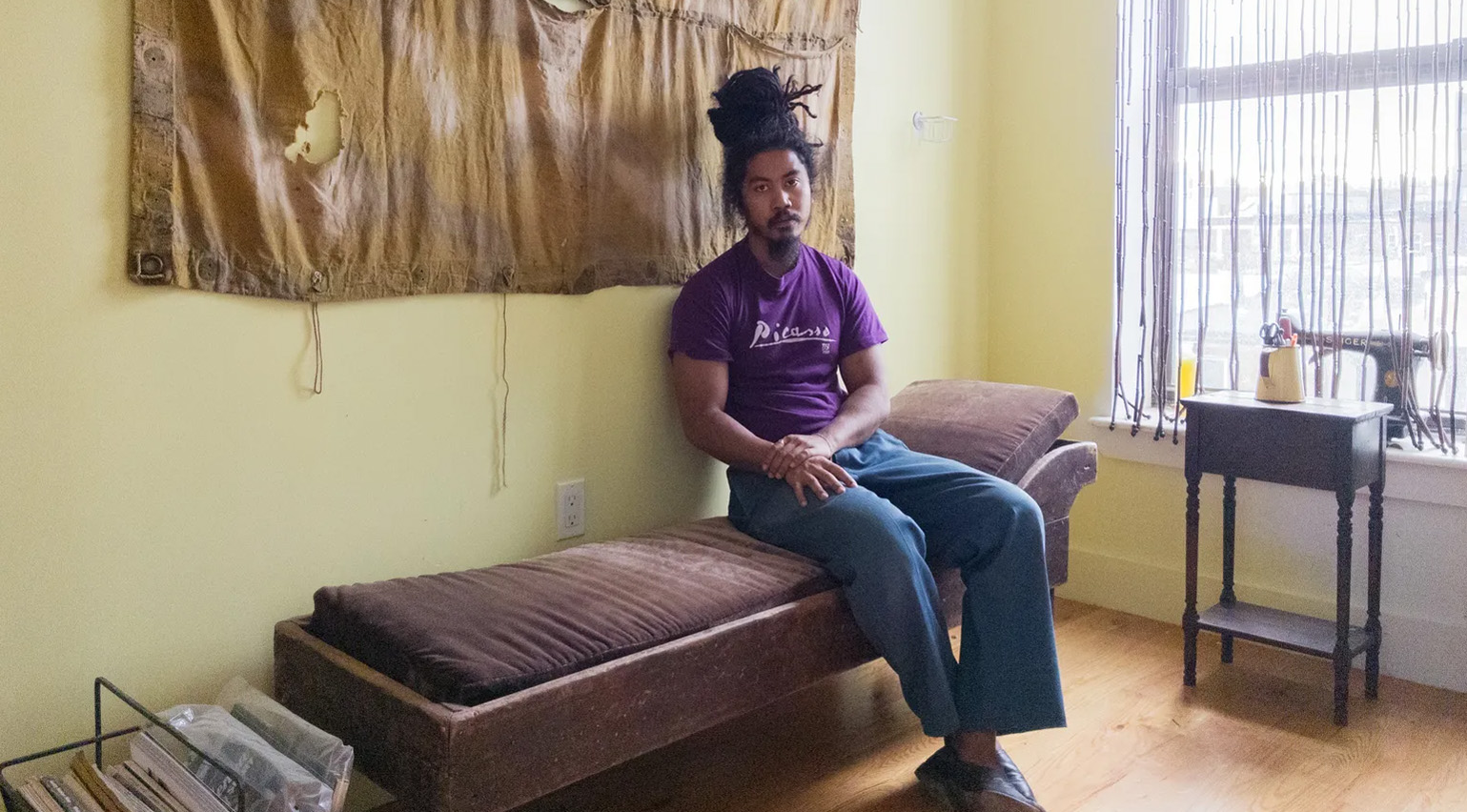 The rising style stars of 2026: Connor McKnight is creating a wardrobe of quiet beauty
The rising style stars of 2026: Connor McKnight is creating a wardrobe of quiet beautyAs part of the January 2026 Next Generation issue of Wallpaper*, we meet fashion’s next generation. Terming his aesthetic the ‘Black mundane’, Brooklyn-based designer Connor McKnight is elevating the everyday
-
 In South Korea, a new Bangjja Yugi museum honours a centuries-old Korean tradition
In South Korea, a new Bangjja Yugi museum honours a centuries-old Korean traditionStudio Heech transforms a coal-mining warehouse into a glowing cultural hub celebrating Korea’s master bronzesmith Lee Bong-ju – and the ancient craft of bangjja yugi
-
 Thomas Heatherwick's 2025 Seoul architecture biennale calls for ‘radically more human’ buildings
Thomas Heatherwick's 2025 Seoul architecture biennale calls for ‘radically more human’ buildingsThe 2025 Seoul architecture biennale launches in the South Korean capital, curated by Thomas Heatherwick, who argues for creating buildings in tune with emotion, 'the thing that drives us'
-
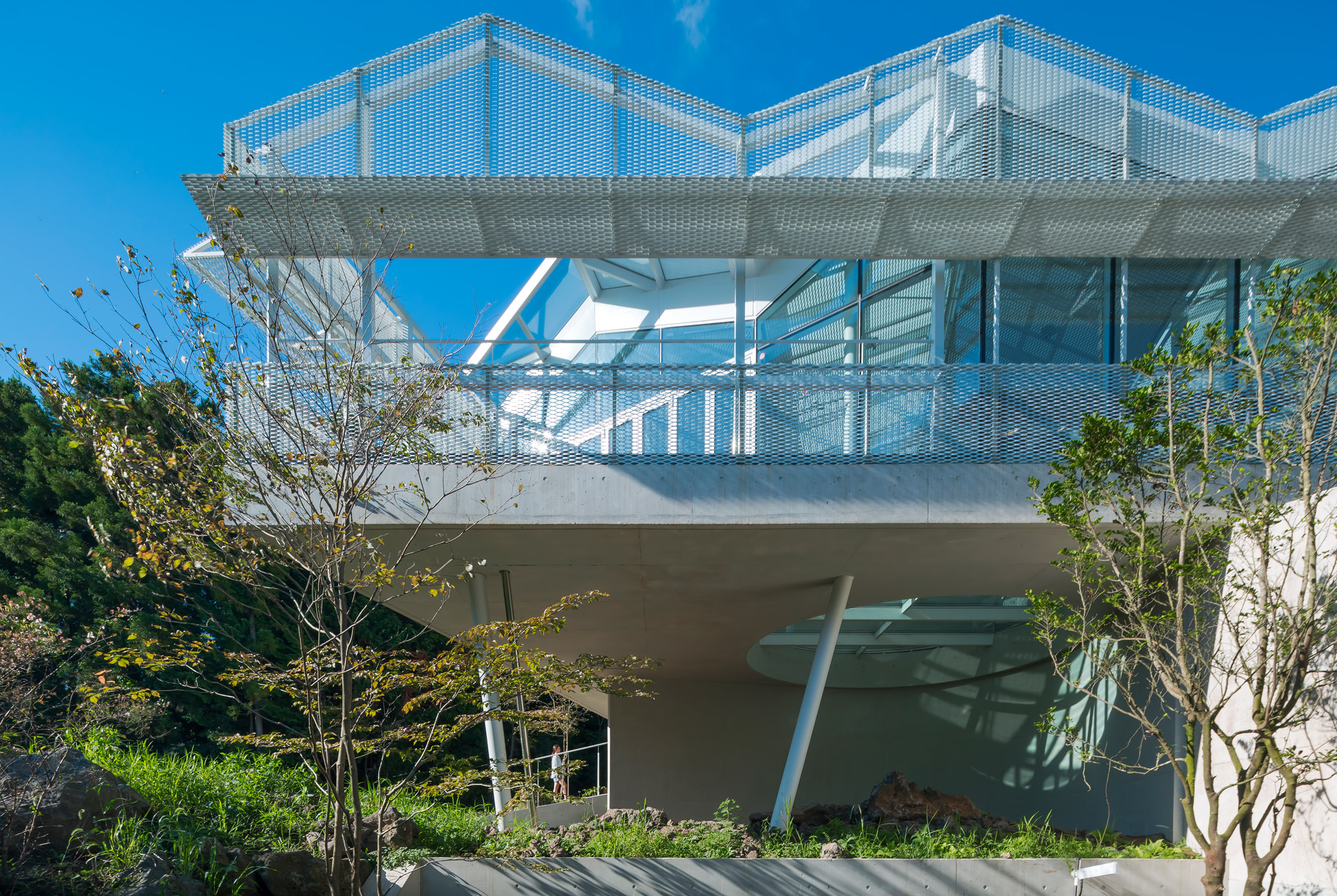 On Jeju Island, South Korea, a cabin stay with unobstructed views of forest and sky
On Jeju Island, South Korea, a cabin stay with unobstructed views of forest and skyEgattoc is a new hospitality complex by architect Byoung Cho, who wanted to create an experience where guests ‘can see the forest while they take a shower’
-
 Join our tour of Taikaka House, a slice of New Zealand in Seoul
Join our tour of Taikaka House, a slice of New Zealand in SeoulTaikaka House, meaning ‘heart-wood’ in Māori, is a fin-clad, art-filled sanctuary, designed by Nicholas Burns
-
 Wallpaper* Architects’ Directory 2024: meet the practices
Wallpaper* Architects’ Directory 2024: meet the practicesIn the Wallpaper* Architects Directory 2024, our latest guide to exciting, emerging practices from around the world, 20 young studios show off their projects and passion
-
 Studio Heech transforms a Seoul home, nodding to Pierre Chareau’s Maison De Verre
Studio Heech transforms a Seoul home, nodding to Pierre Chareau’s Maison De VerreYoung South Korean practice Studio Heech joins the Wallpaper* Architects’ Directory 2024, our annual round-up of exciting emerging architecture studios
-
 Architect Byoung Cho on nature, imperfection and interconnectedness
Architect Byoung Cho on nature, imperfection and interconnectednessSouth Korean architect Byoung Cho’s characterful projects celebrate the quirks of nature and the interconnectedness of all things
-
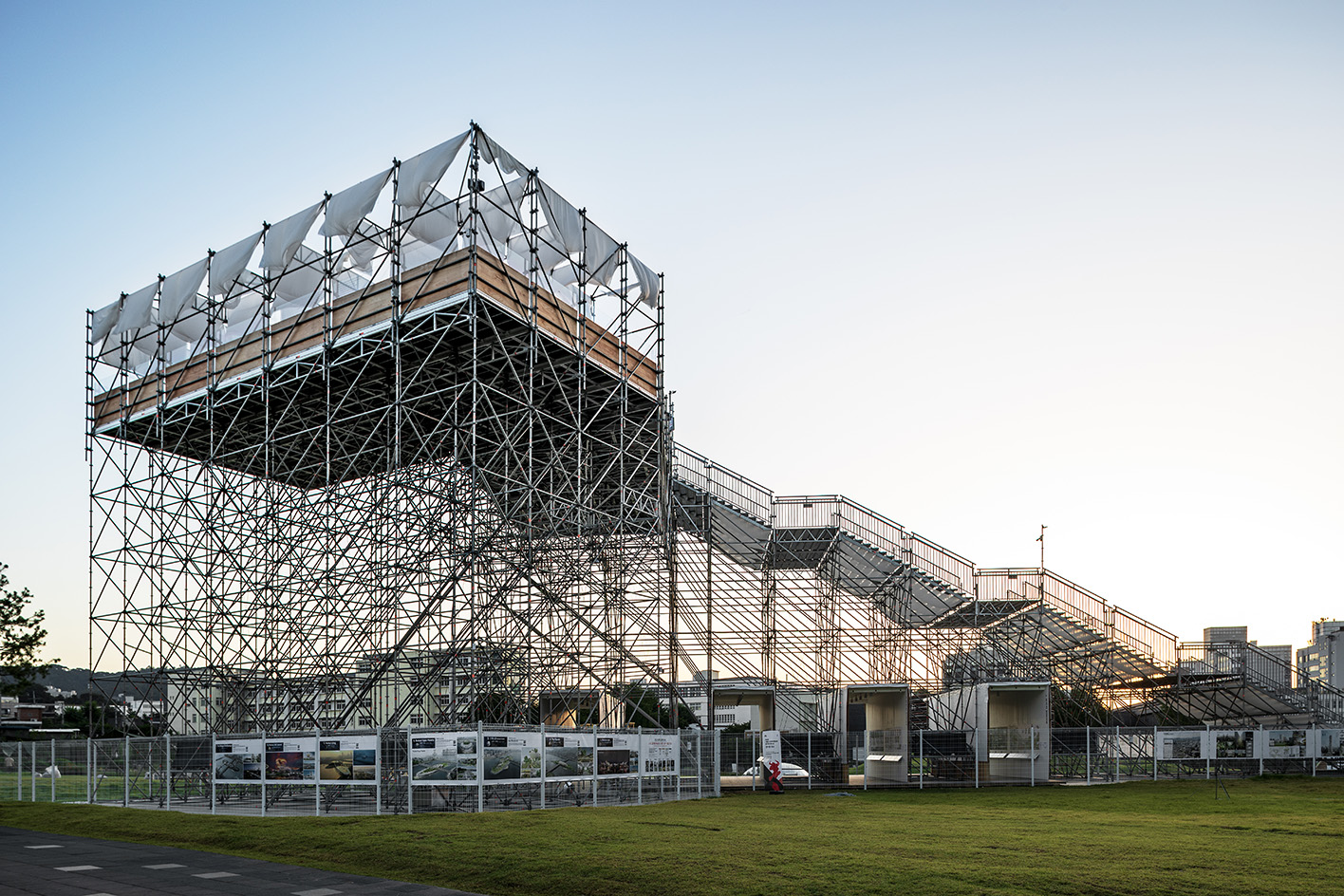 2023 Seoul Biennale of architecture invites visitors to step into the outdoors
2023 Seoul Biennale of architecture invites visitors to step into the outdoorsSeoul Biennale of Architecture and Urbanism 2023 has launched in the South Korean capital, running themes around nature and land through the lens of urbanism